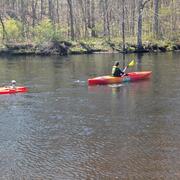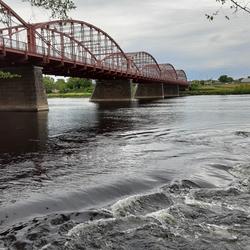Rhode Island
Rhode Island, smallest of the 50 states, is densely populated and highly industrialized. It is a major center for jewelry manufacturing, electronics, metal and plastic products, as well as boat and ship construction . Officially nicknamed "The Ocean State", the state's geography contains several large bays and inlets that amount to about 14% of its 1,241 square miles.




